Looking for foods that can improve your heart functioning? We have compiled a complete list of foods that are great for your heart.
1. Ground Flaxseeds
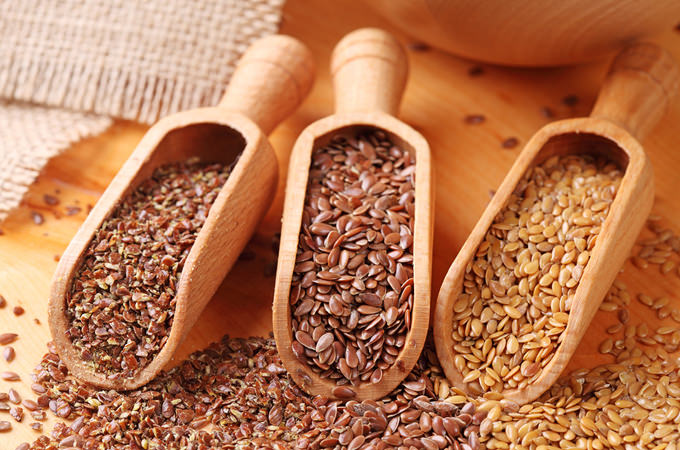
Flax seeds are among the superfoods that should be a part every health-conscious consumer’s diet. These seeds, which come from the humble flax plant, are filled with heart-healthy Omega-3 fatty acids.
These fatty acids are necessary for digestion and may help combat heart disease by preventing arterial deposits.
The soluble fiber in flax seeds can help prevent diabetes and encourage efficient elimination of wastes from the body.
Flax seeds are also good sources of folate, calcium and potassium. Flax seeds are a great addition to granola, muffins and yogurt parfaits. They also work well as casserole toppers and mixed in with breading for baked chicken fingers.
2. Walnuts
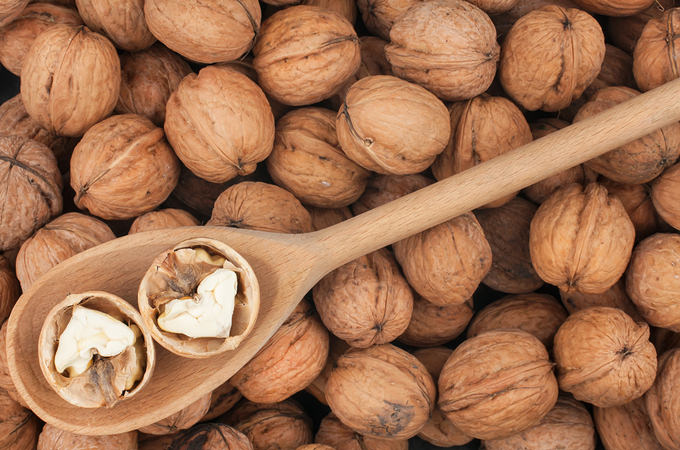
Enjoy a small handful of these heart-protectors each day. Walnuts are excellent sources of Omega-3 fatty acids, which may help prevent circulatory system blockages.
Aside from Omega-3 fatty acids, walnuts are rich sources of mono- and poly-unsaturated fats which boost heart health.
You can pack a 1-ounce serving of walnut pieces as a mid-morning snack for a quick energy boost.
Not a fan of plain walnuts? Try whisking an egg white with some cinnamon and vanilla. Then stir in the walnuts and bake at 350-degrees for 20-30 minutes. You’ll have a sweet, aromatic treat that gives you a break from oatmeal and other standard breakfast foods.
3. Blueberries

Rich in heart-health enhancing flavonoids, carotenoids and polyphenol, as well as calcium, vitamin C and fiber, these little berries pack a nutritional punch.
The vitamin C in blueberries may act as antioxidants, helping to keep free radicals in your bloodstream from attacking the tissues of your muscles, ligaments and bones.
By depleting free radicals of oxygen, vitamin C may help reduce your risk of developing certain cancers.
Enjoy blueberries fresh out of the container – if possible, opt for locally-grown berries for optimal freshness. During the winter, you can also opt for frozen blueberries, which are great in yogurt, fruit salads or smoothies.
4. Salmon

Compared to red meat options such as pork and beef, salmon is low in calories. Still, this type of fish is packed with protein.
It also boasts a generous amount of Omega-3 fatty acids, which may promote heart health and help regulate low-density lipoprotein (LDL) levels.
Grilled or baked salmon is a delicious addition to any meal, even breakfast. If you find the smell a bit off-putting, opt for grilling this fish outdoors.
Season the salmon with a marinade or rub to give it some zest. Even sprinkling a little freshly squeezed lemon can help bring out the natural flavors of salmon filets.
5. Red Wine

Cheers to your health! A daily glass of quality red wine may help improve your HDL (or “good”) cholesterol levels.
The tannins in red grape skins may also increase the antioxidant effects of red wine, helping your body stave off cancer.
Red wine is also thought to improve the production of melatonin, a substance necessary for healthy sleep.
As melatonin is released into your bloodstream, you naturally become sleepy and are able to sleep more soundly once you make it under the covers. Just be sure to limit it to a glass, and incorporate it into your daily meal plan.
6. Carrots

It’s essential to get a variety of colors of natural foods in your diet. Carrots help you meet that goal with their orange, alpha-carotene-filled color.
Like other vitamins and nutrients found in fresh vegetables, alpha-carotene is thought to have antioxidant properties.
Carrots are also rich sources of vitamin A, which promotes eye health and may help slow the progression of degenerative eye diseases.
Snack on raw carrots paired with fiber-rich hummus between meals. You can also serve them as side dishes with meals. Try them cooked and seasoned with ginger or shred them into muffin batter, meatloaf or spaghetti sauce.
7. Broccoli

Like kale, broccoli is a cruciferous vegetable. Its dark green color means it’s rich in vitamins C and E, as well as calcium and fiber.
Broccoli is also a significant source of vitamin K, a nutrient that promotes efficient blood clotting and a highly significant protection from dfferent sorts of bacterial infections.
There are many ways to incorporate broccoli into your diet. Steam it with some lemon pepper seasoning for a flavorful side dish.
When it’s time for a snack, try raw broccoli florets with a Greek yogurt-based dip or a Middle Eastern dip like hummus or baba ghanoush. You can also add it to casseroles and stir-fry dishes.
8. Black Beans
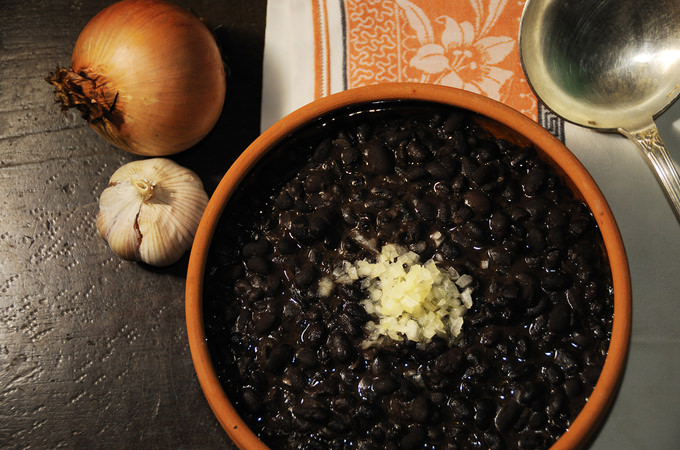
A great source of fiber, B-complex vitamins, magnesium, calcium and folate, black beans give you a lot of bang for your buck.
Because black beans are a good source of protein, they are also popular meat replacements in vegetarian and vegan dishes. If possible, buy dried black beans and soak them overnight before cooking.
If you have to buy the canned variety, rinse them thoroughly with fresh water to reduce the sodium.
Add them to salads and casseroles or transform them into healthy fudge brownies or tasty black bean burgers. Black beans also add meat-free protein to stir fry dishes.
9. Brown Rice
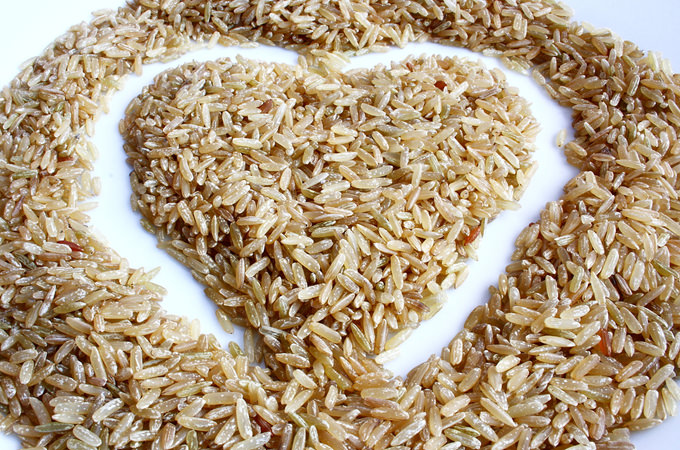
Economical and easy-to-use, brown rice should be a staple for any heart-healthy diet.
Unlike white rice, which is stripped of many of its nutrients during the bleaching process, brown rich offers a wealth of vitamins, minerals, and other nutrients.
It is also an excellent source of dietary fiber, which is important for healthy heart function and cholesterol management. Add in broccoli, carrots and spinach for a quick, healthy stir-fry.
You can also add brown rice to soups to make them more filling or enjoy it with a grilled chicken breast. Cooked brown rice mixed with mashed black beans and an egg also makes tasty vegetarian burgers.
10. Sweet Potatoes
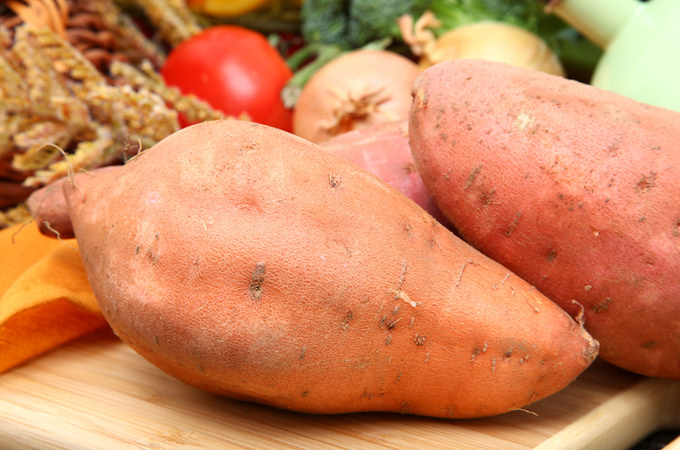
Filled with beta-carotenes, carotenoids and vitamins, one sweet potato fills many of your daily nutritional needs.
Sweet potatoes are rich sources of dietary fiber for proper digestion and the elimination of cholesterol and toxins from your body.
Vitamins A, C, and E are also present in abundant amounts. In many areas, sweet potatoes are best known as the main ingredient of their namesake pie; however, there are many other ways to enjoy this root vegetable.
Enjoy them baked with a pat of heart-healthy coconut oil; mashed up in a hummus with olive oil, lemon juice and tahini; or as oven-baked fries.
11. Spinach

Choose spinach, or its equally nutritionally-dense relative kale, whenever you need a salad green or sandwich filling. Spinach is much higher in dietary fiber than iceberg, romaine or bibb lettuce.
Besides fiber, spinach contains calcium and protein, as well as lutein, B-complex vitamins and potassium. Like kale, spinach is rich in vitamin K, which helps blood platelets form clots at the surface of wounds.
A vitamin K deficiency can lead to bruising and uncontrolled bleeding. Of course, spinach isn’t just for salads and sandwiches.
Cooked spinach drizzled with cider vinegar makes a tasty accompaniment to almost any main dish. You can also use it in lasagna and casseroles.
12. Red Bell Peppers
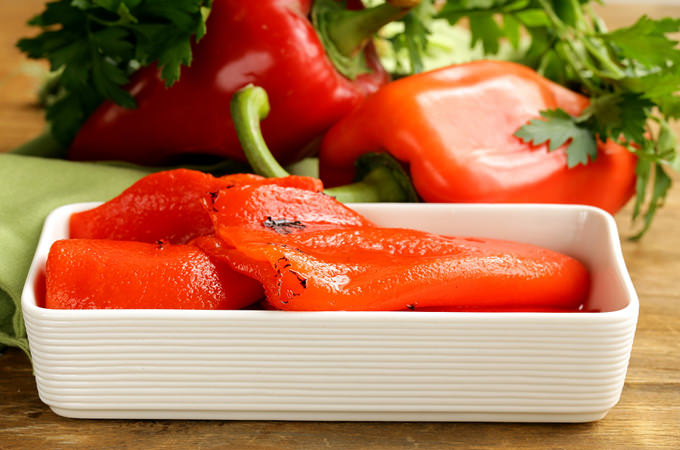
Low in calories, sugar and fat, but bursting with vitamin C, red bell peppers are a tasty, nutritious treat.
Because they are not hot, they can be your go-to choice for peppers – you won’t have to worry about kids or guests turning up their noses.
Eat fresh bell pepper slices raw with a healthy dip, such as hummus or yogurt.
Roasted with olive oil and garlic, they make great toppings for salads and sandwiches. You can also add red bell pepper slices to stir fry dishes, casseroles, soups and stews to give them a bit of extra color and flavor.

